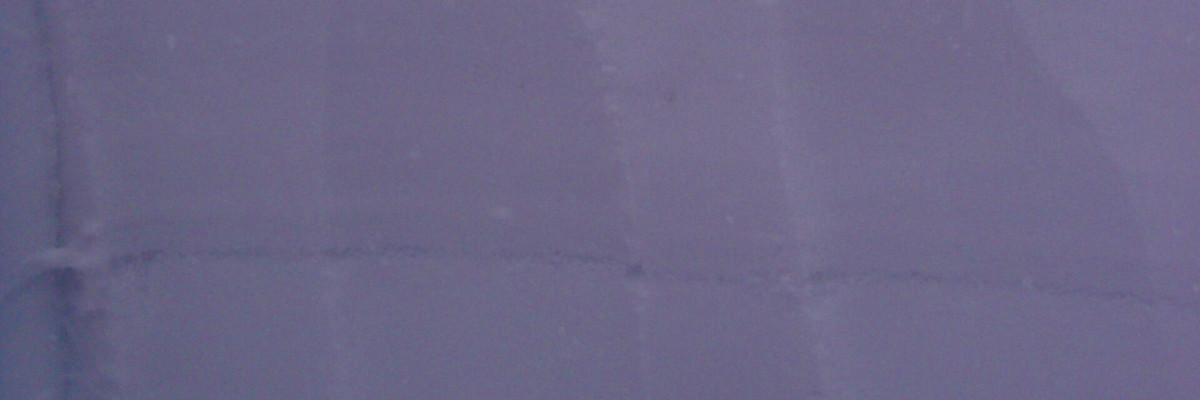The avalanche danger is CONSIDERABLE on any terrain above 6000 feet steeper than 30 degrees in the Bitterroot range from Lost Trail to Hoodoo Pass.
In the more northern Rattlesnake and southern Swan and Mission Mountains near Seeley Lake, high winds and new snow has also increased the avalanche danger to CONSIDERABLE on any wind loaded slope steeper than 30 degrees at elevations above 6000 feet.
Considerable means dangerous avalanche conditions exist. Natural avalanches are possible, human triggered avalanches likely. Use good terrain and travel management skills and be conservative in your decision making.
Below 6000 feet, and on other slopes not affected by the wind and heavy new snow, the avalanche danger is MODERATE. Natural avalanches are unlikely but human triggered avalanches are possible.
Hello backcountry skiers and riders, this is Steve Karkanen with the Tuesday January 20th avalanche advisory from the West Central Montana Avalanche Center. The above danger rating expires at midnight tonight and does not apply to operating ski areas.
Winds in excess of 60mph pounded western Montana the past 48 hours. The wind on Point Six was recorded at 70mph from the west on Sunday. The Bitterroot mountains picked up several inches of precipitation in this storm with rain falling at pass levels Sunday. This rain did turn back to snow and all mountain locations received snow through the day Monday. This morning, winds are more tolerable and mountain temperatures are in the 20’s. SNOTEL sites report an additional 2-5 inches new snow overnight.
We had observers in several locations throughout the area yesterday and received a couple of valuable public observations. Observers in the southern Bitterroot near Lost Trail report a weak snow structure involving the buried surface hoar that formed last week. This weak layer is very sensitive on steep terrain and wind loaded areas will be especially touchy for a few days.
The more northern locations in the Rattlesnake and southern Swan ranges are not as touchy as the Bitterroot appears to be right now but in both cases, it’s a tricky situation. Everything we see on our tours tell us that we are in a mostly stable condition until we start digging and doing stability tests. We still find snappy clean failures nearly 3 feet deep in some areas (Rattlesnake and near Lolo Pass). You can’t tell if these weak layers are present on a slope by just looking at it or traveling across it. You have to dig.
On Wednesday evening we are sponsoring a free backcountry weather workshop at the Trail Head, 221 East Front from 6-8pm. Learn how to use SNOTEL information and hear about new National Weather Service forecasting products.
Dudley will issue the next advisory on Friday January 23.














